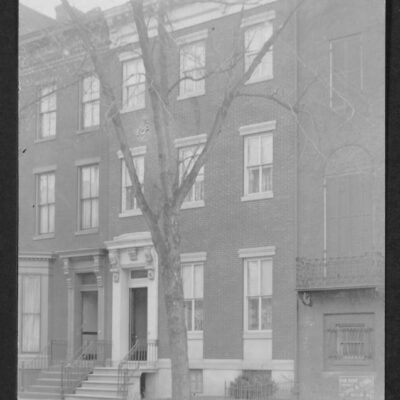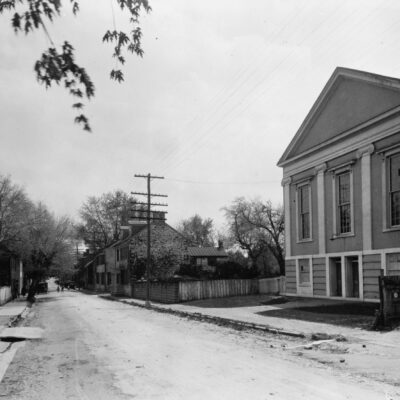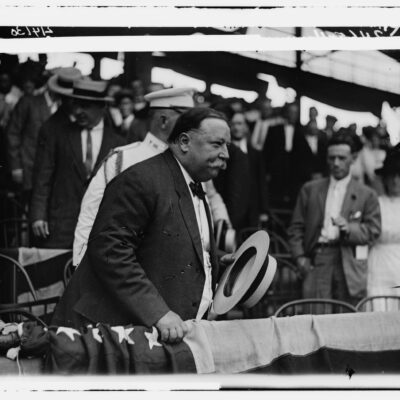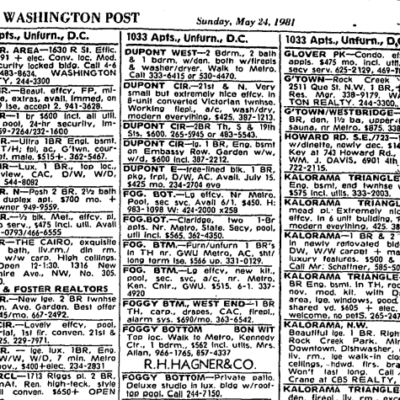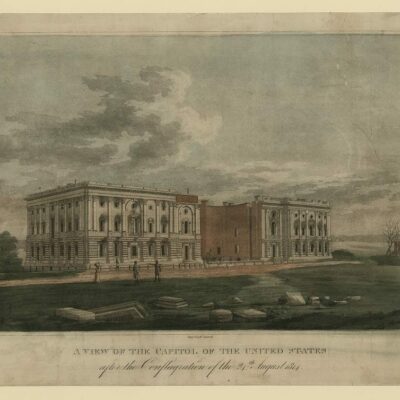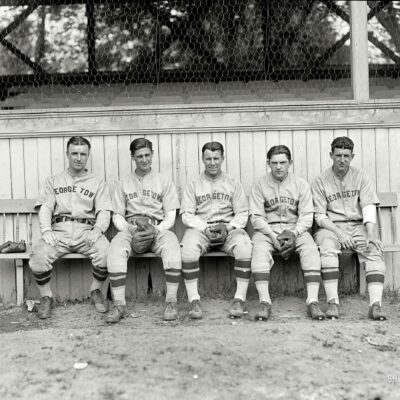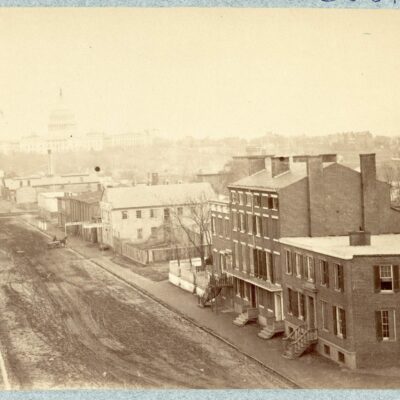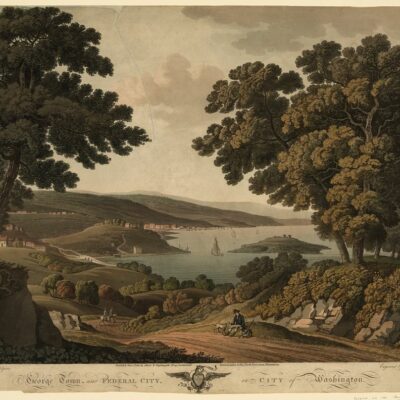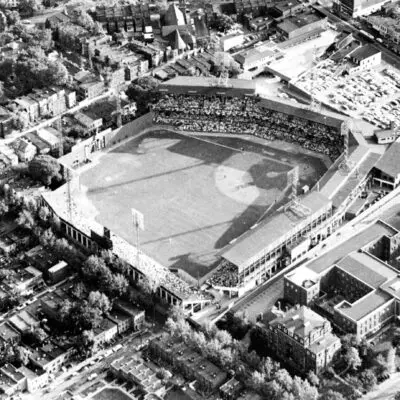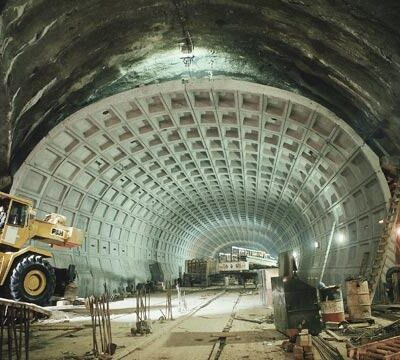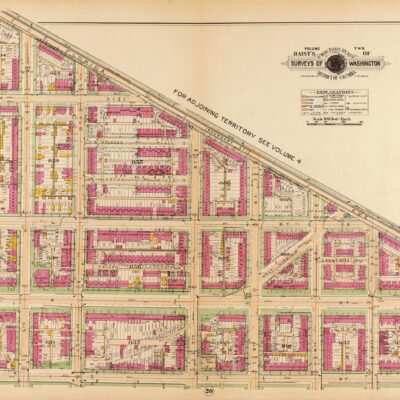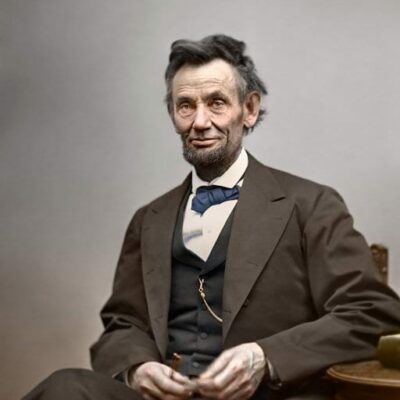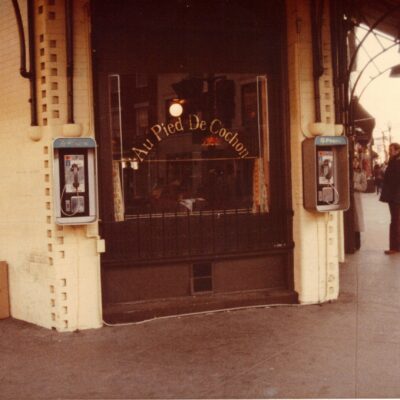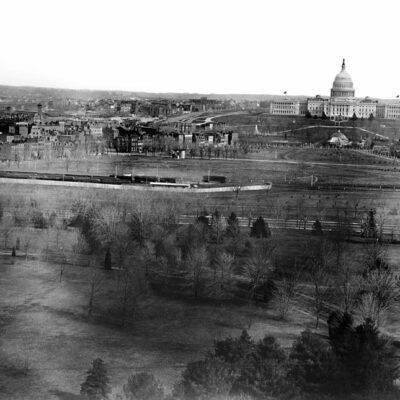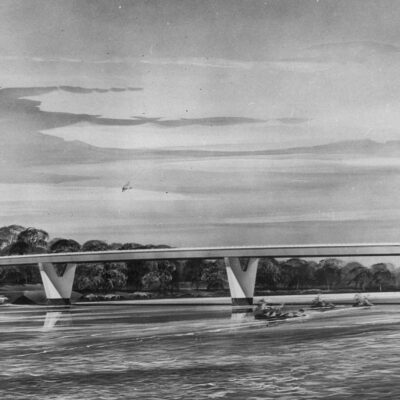This is a guest post by Jason (aka, @MidAtlanticBias)
At the top of our fair city sits a nearly 100 year old movie theatre. Until this post, I didn’t think I had ever seen its interior. But I have. And, chances are, you have too.
Unfortunately, there will not be any art exhibits at this theatre in the coming weeks. Nor will you be able to see “The Hunger Games” there. Or any movie for that matter. That’s because 6 years ago, its doors were closed and a battle has waged ever since over whether those doors should open again to moviegoers.
The Takoma Theatre, located in the DC neighborhood of Takoma (not the city in Montgomery County, Maryland called Takoma Park) opened in 1924, following two years and $130,000 of construction. This early rendering shows the exterior design of the, then, 1,000-seat film center.
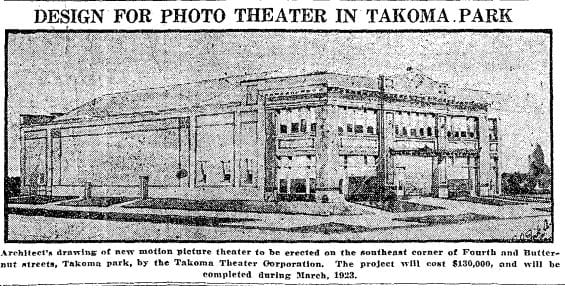
In its early days, you could find first run feature films there. An October 22, 1925 Washington Post article sets the weekly film agenda
The theatre was welcomed by the community because it served many functions. In addition to showing future classics like “The Lucky Devil” (who didn’t love Richard Dix’s performance as Richard Farnum???), its large space and building design allowed for it to also operate as a center for “large public gatherings,” as The Washington Post described in its October 15, 1922 preview of the building.
The rise of the multiplex
The story of the Takoma Theatre’s demise is a common refrain. The first few decades of life at the theatre were successful. Families came from around the city and suburbs to watch films together in a state-of-the-art venue. But as film production increased and demand for options rose as well, the single-screen theatres of the 1920s began to be pushed aside for the larger, multi-screened movie centers that, today, dot suburbia.
Unlike its partners in single-screen glory, though, there may have been an additional, more scandalous factor in the Takoma Theatre’s demise within the community. From a July 5, 1978 Washington Post article:
Built 50 years ago at a time when movie houses tried to emulate the glamour on their screens, the Takoma was known for its domed roof, lattice-worked loudspeakers, cirlicued plaques, and hidden orchestra pit. It was part of the community then, a family place. But with the changing times, pornographic and exploitation films discouraged attendance, attracted vandals, and resulted in the theatre’s closing its doors.
Yikes! Our beloved local community center and presenter of family-friendly films responded to the rise of the multiplex with adult cinema?
It’s true. From the Washington Post, describing life at the theatre, post multiplex-boom:
One of the few times anybody took notice of the Takoma was in 1974, when it booked an infamous double feature: “Deep Throat” and “The Devil in Miss Jones.”
When you’ve turned to adult cinema, where do you go next?
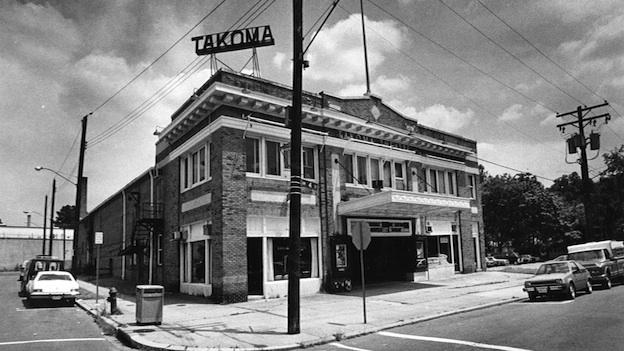
For the Takoma Theatre, it was, well, theatre. The building was bought in 1983 for $325,000 by Milton McGinty. Rather than try to revive the single-screen format, McGinty attempted to turn the theatre into a venue for live performance arts. To be blunt, it didn’t work out any better than adult cinema.
McGinty wrote six plays for the theatre and brought in others to try to spur a revival, with little success. Without familiar names, audiences chose other venues. In a March 20, 2011 interview with the Washington Post, McGinty estimated that he had lost $240,000 since he bought the building.
One last, shining moment
Even if you don’t live in DC, you’ve very likely seen the interior of this building. That’s because, in 1996, McGinty was able to book comedian Chris Rock, easily the biggest act of his tenure. And it just so happened that Rock brought an HBO film crew with him that night for what would become his famous comedy special Bring The Pain. (This is where I would like to post a language-appropriate video clip. Those do not exist.)
Turn out the lights
Any hopes that a famous comedy special could save the building were quickly put to bed. Rock’s special made him perhaps the most famous comedian of this era. And while it may allow the Theatre to remain pop-culturally relevant, it did very little to allow it to remain active.
McGinty closed the building to all performances in 2006. Since then, he and the Takoma Theatre Conservancy, a community organization, have tried to state their cases for how the building’s future should take shape. McGinty’s feeling is that he should be allowed to do what he pleases with the property he owns and has lost so much money on. The Conservancy’s mission, according to their website, is to “save the building” and “raise public and private funds for its acquisition, renovation and operation.”
Years after the battle over the theatre’s future began, that future remains very cloudy. The physical structure and the interior are in very poor shape, according to McGinty. For me, a simple walk around the perimeter showed a fair amount of exterior disrepair. Studies to determine the viability of a revived theatre, similar to that of the Avalon in Upper Chevy Chase, are inconclusive. And so the theatre sits on the south corner of 4th and Butternut Streets NW, waiting for its final act.
Who knows? Maybe some day, Washingtonians will flock again to the Takoma Theatre, this time to see the theatre’s own story of Hollywood-esque revival.
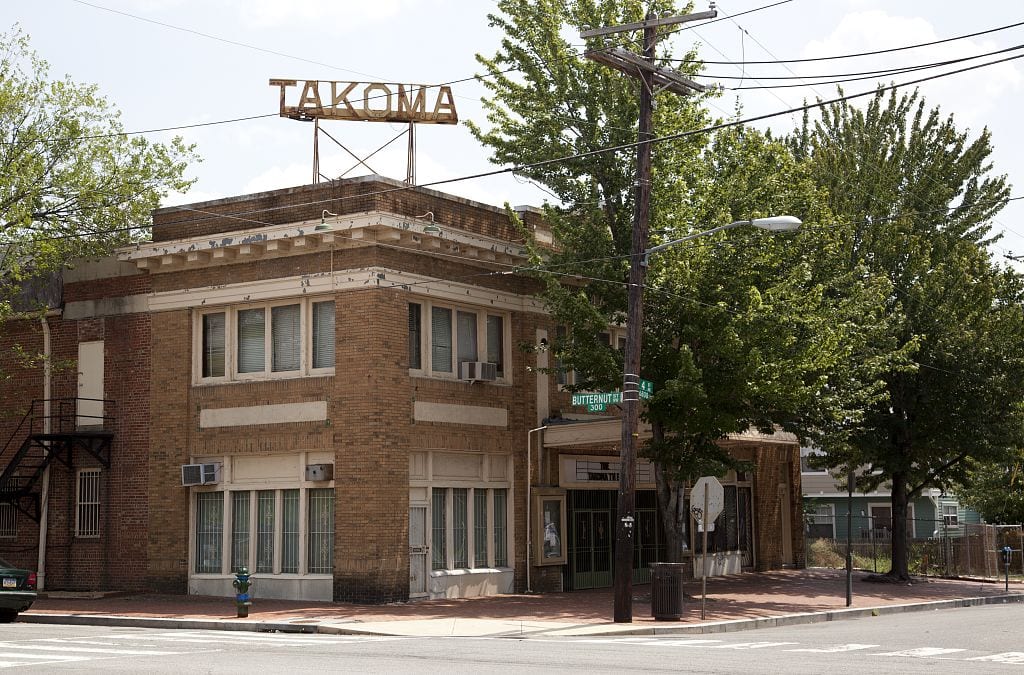
About this post
When one of your favorite blogs asks you to write a guest post, you try not to worry that you’re nowhere near the researcher to handle the task. You fake it, as best you can. This was my best effort.
My name is Jason and I’ve lived in Takoma for nearly 4 years. I love the neighborhood, even when I have to explain to everyone within earshot that I do not live in Maryland. The quiet, tree-lined streets are picturesque, especially during the spring. What it might lack in dynamic nightlife, it makes up for in familiar warmth. Neighbors recognize neighbors. Children play in front yards (yes, yards!!! In DC!). It’s idyllic really. Right down to the historic theatre. The exterior might be slowly crumbling and if the accounts are true, the interior is in worse shape. But there’s a world of potential if not in that building, in that property. No matter what happens with the building, I hope one day to have a peak inside to get a glimpse of what audiences saw before the curtains came down for good.



